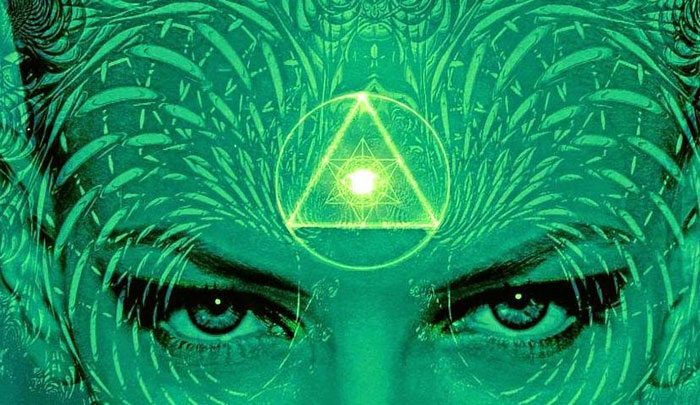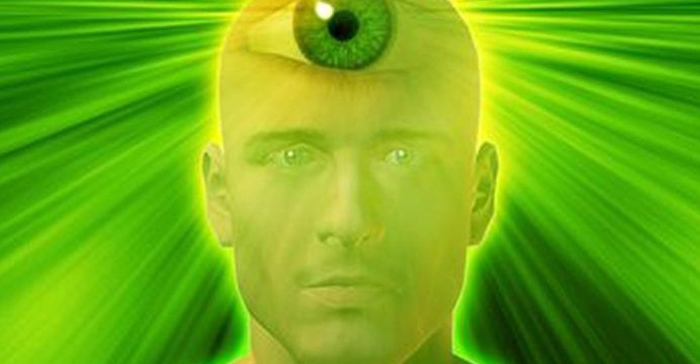Why people do not need to have three eyes?
Most animals, including humans, have the opportunity to own the third eye, but it seems to reject it for more useful things.
The lizards have a small dot on the top of their heads, called 'peak eyes' . This eye is not as complex or useful as the eyes in front of their heads but reacts to light. After all, is the third eye lizard? Not quite so, this is just a remnant feature.
In fact, lizards are like most animals, including humans, who once had the opportunity to own up to three eyes but rejected it.

Tuatara is an animal in the red book and currently lives on only a few islands of New Zealand. They look like lizards but in fact do not have relatives of this reptile. They were remnants from 200 million years ago, when four-legged animals evolved into turtles, lizards, crocodiles and dinosaurs. The Tuatara species has not changed since then, and thus helps us learn about the appearance of prehistoric animals. On the top of the heads of the Tuatara, there exist a point that can be considered the third eye.
Adding an eye seems to bring many benefits of evolution. With the ability to look up or observe behind it, it will create an advantage for any predator. Although many lizards also have 'peak eyes' , this trait has disappeared in turtles, crocodiles and birds. Through studying the physiological function and development of species, scientists have discovered the process to lose the third eye of species that evolved later as well as what compensates for that deficiency.

The fact that people miss the opportunity to have 3 eyes may be due to the most noticeable trait of the third eye: asymmetry . Draw a straight line from the top, through the center of the normal human body, we will see almost symmetry between the left and right half of the body. That is the way of developing normal eyes. They begin as dents in a growing round head. When the dents eat deeper, the structure of the eyes is developed more perfectly. However, the 'peak eye' is not deeply concealed.
Inside, the brain develops into a symmetric two-part structure. The left side of the brain acts as the 'top eye' . The right side becomes the pineal gland. In reptiles, the top eyes receive light and pineal glands that produce melatonin, a hormone that regulates the sleep cycle.

Unlike in reptiles, the pineal gland in humans does not travel to one eye at the top of the head but is located near the rest of the brain, but still produces melatonin . Human pineal glands also secrete other hormones that help regulate the nervous system, most notably serotonin. The well-functioning pineal gland will help people focus, be happy, awake during the day and sleep at night as well as prevent neurodegeneration when the elderly get older. Therefore, this seems to be a compensation for the fact that we don't have a third eye.
- Strange possibilities of eyes
- The mystery of eyes 'killing people with just one look'
- 19 most obsessive eyes in the history of world photography
- People use fluent eyes language from birth
- Fifty facts about eyes
- Interesting things about the eyes
- Amazing when people have eyes like eagle
- Research: Personality affects how we move our eyes
- Why do we close our eyes when we sleep - the simple question that scientists also have to scratch their hair
- 7 ways to keep your eyes healthy
- The sharp eyes of animals
- Legendary legend about people with purple eyes
 'Fine laughs' - Scary and painful torture in ancient times
'Fine laughs' - Scary and painful torture in ancient times The sequence of numbers 142857 of the Egyptian pyramids is known as the strangest number in the world - Why?
The sequence of numbers 142857 of the Egyptian pyramids is known as the strangest number in the world - Why? History of the iron
History of the iron What is alum?
What is alum?